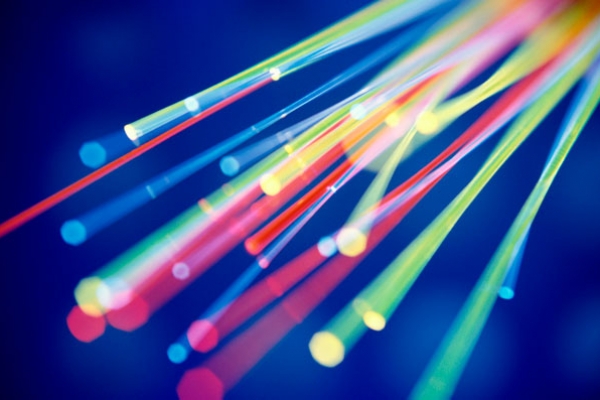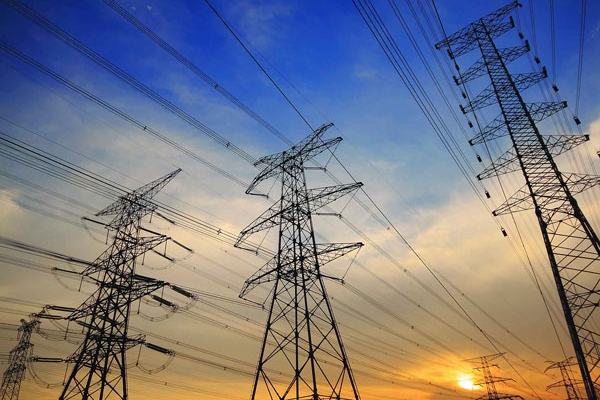Training

The basics for Fiber Optic you can easily find on free online links.
We recommend trustful resources only because there are many sites, especially new companies trying to publish something about fiber optic.
Thus we recommend the following sites for learning about fiber optic and also for specializing in some parts of Fiber Optic market:
- The Fiber Optic Association based in US: http://foa.org/
- The Fiber Optic Association from Romania: http://afor.ro/
- Light Brigade, also based in US, one of world’s leading training providers: https://www.lightbrigade.com/Home.aspx
When somebody is working with Fiber Optic it’s important to have the basics in place.
The fundamentals
Standards for Fiber Optic are classified by Vegacomp in the following 8 categories and sub-categories:
1. Optical equipments – 112 standards
- General
- Transmission
- RoF (Radio-over-Fiber)
- RFoG (Radio Frequency over Glass)
- FTTH (Fiber-to-the-Home)
- Ethernet
- Optical amplifiers
- NGN (Next Generation Networks)
- Future Networks
- Optical active components
- Other fiber optic equipments
2. Fiber Optic – 27 standards
- General
- Multimode
- Singlemode
3. Fiber Optic Cables – 114 standards
- General
- Outdoor Fiber Optic Cables
- Indoor Fiber Optic Cables
4. Fiber Optic Connectivity – 157 standards
- General
- Fiber Optic connectors
- Fiber Optic mechanical connectors
- Optical interfaces
- Fiber Optic Terminal Boxes
- Fiber Optic passive components
- Fiber Optic Distribution Boxes and Closures
- Chromatic Dispersion Compensators
- Fiber Optic sensors
5. Fiber Optic Infrastructure Elements – 115 standards
- Microducts
- Ducts
- Warning Tape
- Warning Devices
- Data Centers
- Cabinets
- Manholes
- Poles
6. Fiber Optic Network Design – 170 standards
7. Fiber Optic Network Execution – 134 standards
8. Fiber Optic Network Operation & Maintenance – 62 standards
Note: There are mentioned here the most relevant standards and not all existing standards for fiber optic. These standards are for European level and also for national Romanian level.
This classification of standards include valid standards at 1st of May, 2016.

Smart Grid and Smart Metering are some concepts which are at the beginning of the road to change the ENERGY system worldwide.
STORAGE is more than a trend in ENERGY concept, but it becomes a necessity on the way to become energy independent.
EV charging is another subject growing more and more.
BPL is one of the very important communications solutions for Smart Meters. Broadband over Powerline use existing power cables to transmit data up to 30 Mbps on Medium Voltage Lines as well as on Low Voltage Lines.

- Ministry of Communications and Information Society from Romania published Smart City Guide on 2nd of December, 2016
https://joinup.ec.europa.eu/community/epractice/news/ romania-publishes-smart-city- guide - Alba Iulia, primul Oras Smart City din Romania
http://adevarul.ro/locale/alba-iulia/alba-iulia- smart-city-romania-2018- proiectele-mari-companii- telefonie-mobila-1_ 583c8dff5ab6550cb8f011ee/ index.html - Brasov, one of the first Romanian Smart City
https://intelilight.eu/brasov-first-smart-city-in- romania/ - Oradea isi doreste sa fie unul din primele Smart City din Romania
http://www.digi24.ro/stiri/sci-tech/lumea-digitala/ primul-smart-city-din-romania- 539287 - Cluj-Napoca vrea sa devina un Smart City
http://stirileprotv.ro/ilikeit/smart-things/cluj- napoca-devine-treptat-primul- smart-city-din-romania-seria- de-aplicatii-care-le-usureaza- viata-locuitorilor.html
Active players on Smart City in Romania:
- First conference set in Romania which it was started in November 2015 http://
romaniasmartcities.ro - Romanian Smart City Association http://
romaniansmartcity.ro - Innovativ Cluster Smart City Different City which it has been started with first conference about Smart Cities in November 2016 http://www.
differentsmartcity.com
- First catalog of IoT in Romania: https://
cloudmania2013.com/2016/01/20/ first-iot-catalog-in-romania/ - IoT made by Romania: http://www.
marketwatch.ro/articol/15582/ IoT_made_by_Romania/
LoRaWAN
LoRaWAN™ is a protocol layer that defines the communication protocol and system architecture for a Low Power Wide Area Network (LPWAN). The protocol and network architecture have the most influence in determining the battery lifetime of a node, the network capacity, quality of service, security and the variety of applications served by the network. The LoRaWANTM specification and regional parameters are produced by the LoRa Alliance and is made freely available to the public for download.
LoRa® is the physical layer or the wireless modulation utilized to create the long range (hence LoRa) communication link. LoRa® is a patented Semtech technology based on chirp spread spectrum modulation, which maintains the same low power characteristics as FSK modulation but significantly increases the communication range. LoRa® offers IoT networks a compelling combination of long range, low power consumption and secure data transmission.
LoRaWAN™ is a Low Power Wide Area Network (LPWAN) specification intended for wireless battery operated Things in a regional, national or global network. LoRaWAN targets key requirements of Internet of Things such as secure bi-directional communication, mobility and localization services. The LoRaWAN specification provides seamless interoperability among smart Things without the need of complex local installations and gives back the freedom to the user, developer, businesses enabling the roll out of Internet of Things.
LoRaWAN network architecture is typically laid out in a star-of-stars topology in which gateways is a transparent bridge relaying messages between end-devices and a central network server in the backend. Gateways are connected to the network server via standard IP connections while end-devices use single-hop wireless communication to one or many gateways. All end-point communication is generally bi-directional, but also supports operation such as multicast enabling software upgrade over the air or other mass distribution messages to reduce the on air communication time.
More info: https://www.lora-
LoRaWAN Academy. There are several resources where to learn more about LoRaWAN technology. One of them is the following, whereby Kerlink (our partner as we are one of their dealers in Romania) is one of the 8 founder memebers of LoRa Alliance and member of this LoRaWAN Academy:
http://lorawanacademy.semtech.com/.

